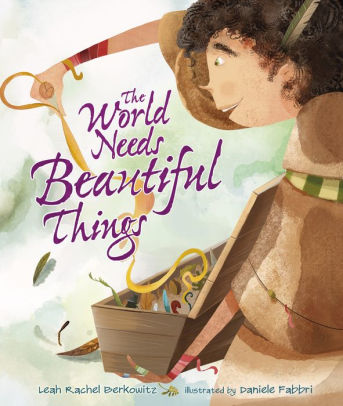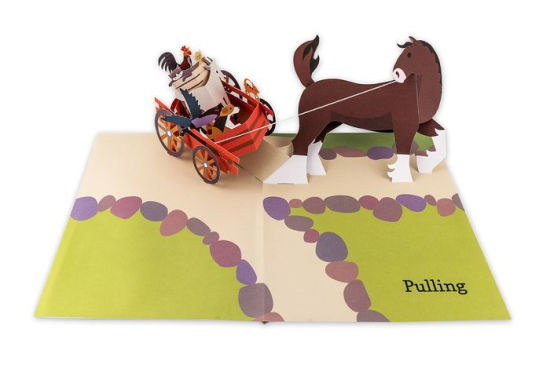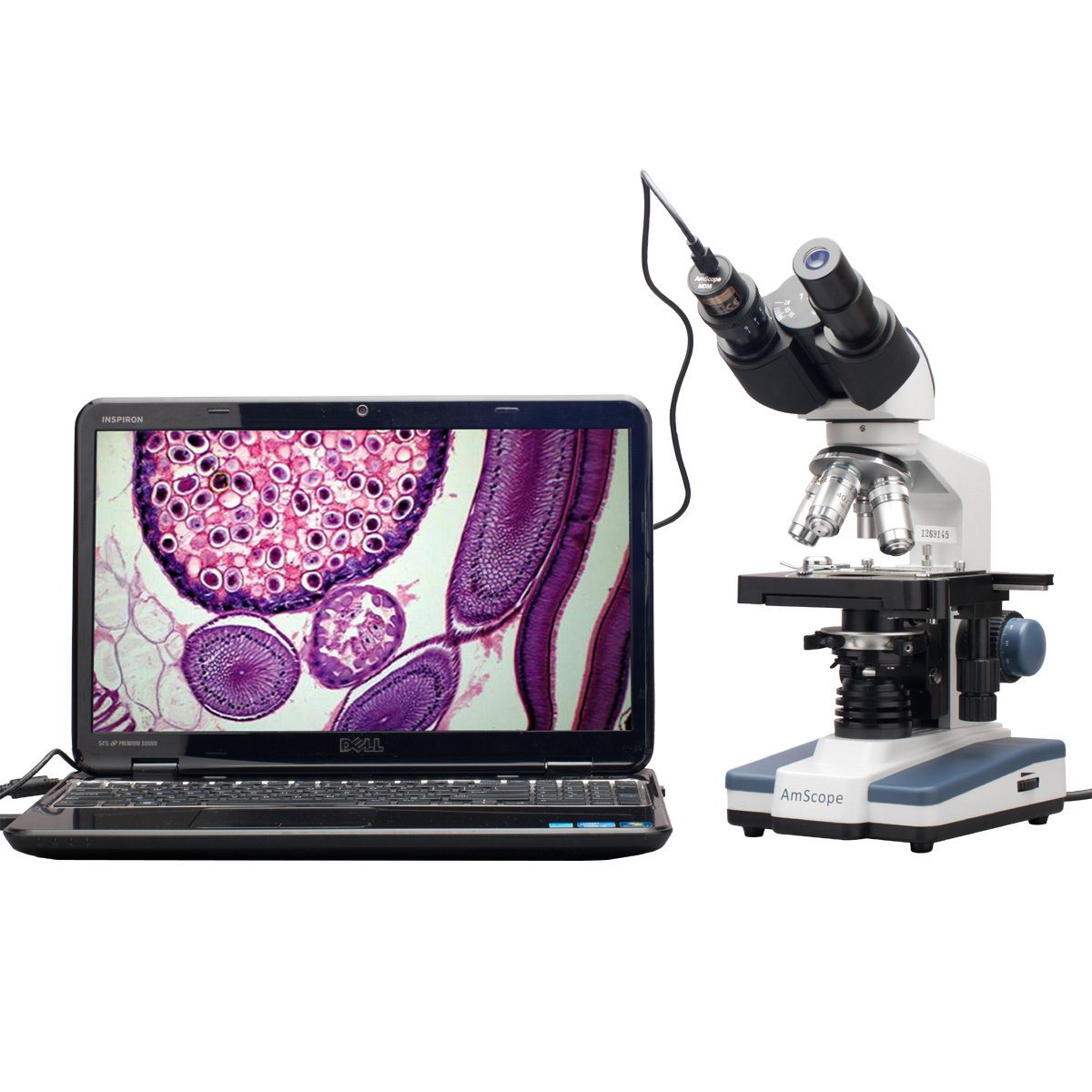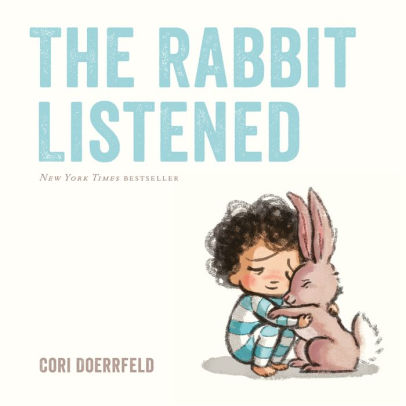9781512482003
$33.32
No, no, not the kind that try to suck out your soul when you are running through a culvert with your cousin Dudley. The kind we WANT to have around, to clean things up!
What happens to the bodies of animals and humans after death? Nature's army of death eaters steps in to take care of clean up. Without these masters of decomposition, our planet would be covered in rotting bodies. This high-interest science text dives into the science behind how bodies decompose.
The illustrations found inside are, naturally, not for the tender-hearted: the very first is a field of dead reindeer. One would think, however, that the title and cover would be sufficient warning to ward off complaints! I found the photographs to be a good balance of realism, without sensationalism. As the introduction says, "Sure, it's gross, but it's also amazing."
The text of the book is very conversational, with the first page containing as many questions as it does statements. Chapter one starts with a short story of a boar peacefully dying of old age. Then we go into the five stages of decomposition. Did you know there were five? Neither did I!
Living in the forest, we often have deceased animals in the area. My kids love to bring bones home when they stumble upon them. We are well aware that the body doesn't immediately turn to dry, bleached skeleton however, particularly in the case of the elk that expired not too far from our driveway. Now that was a smell to get the whole family from the car to the house quickly! Also guaranteed to keep door to door salesmen away.
Because of our location, the kids have been able to observe predators and scavengers of varying sizes, from mountain lions down to maggots, reducing corpses to bone. In this book, we learn that the very first stage of decomposition actually initiates within the animal's body itself, as enzymes - chemical substances too small for us to see - start breaking down the body from the inside! I have to agree: that is pretty amazing!
Each step of the process is explained clearly, so even non-scientifically-minded readers like myself can easily understand them. Succeeding chapters then cover different groups of scavengers: creepy crawly, furry, avian or sea-going death eaters. Readers learn how each animal is specially adapted to take its part in the chain, and you can't help but come away with a sense of amazement at how intricately everything works together. (And, the Osedax? Why aren't there books about that tiny creature???) Side bars explain things like why dead skin looks different, or the dangers of lead ammunition.
A final conclusion by the author offers a personal note about the comfort that understanding the life cycle can bring. There is an extensive set of source notes, glossary, bibliography and further reading, as well as a good index.
Overall, a very well-put-together book that will probably not stay on your shelves very long! Let reluctant readers pick it up for the title and cover, and watch them become engrossed! Highly recommended!
Oh, gift ideas? Hmm...well my own kids would probably love to scavenge for road kill and document the process, might I suggest a good microscope? We've been eyeing some like
these, which hook up to your computer:
There are other, portable styles with SD cards that you can take into the field, then go home to observe your findings on your (non-smelly) computer!


















